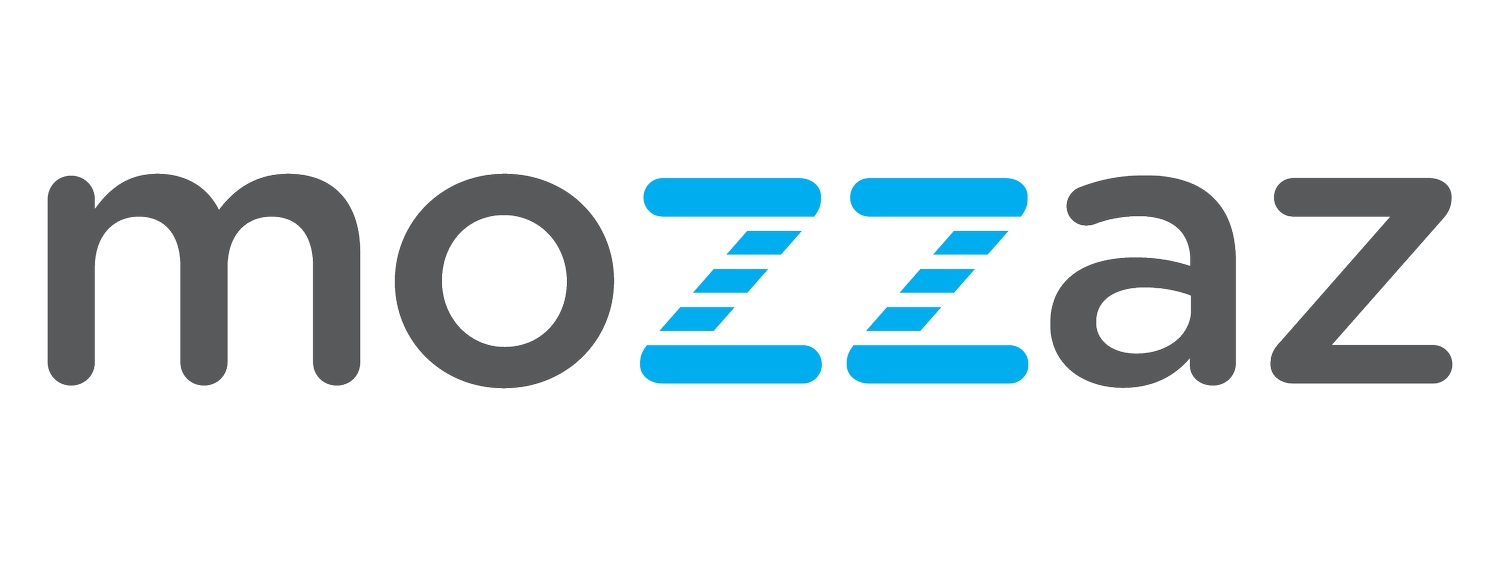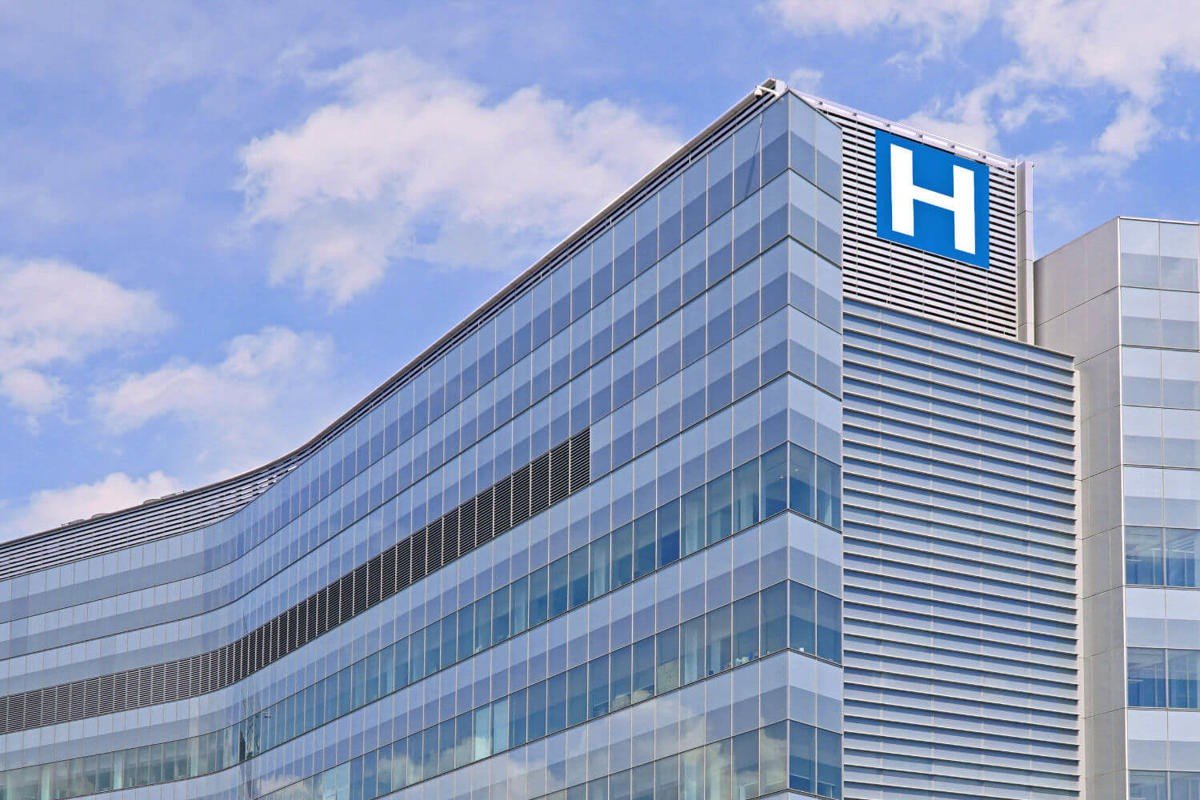Supporting FQHCs with Remote Patient Monitoring
Remote patient monitoring (RPM) continues to grow in popularity in the U.S. with increased adoption among hospitals and health systems alike. For large health systems, the desire for RPM has led to trailblazing new expansion and strengthening of existing programs. For federally qualified health centers (FQHCs), implementing RPM has taken a more cautious approach, with long-term sustainability at the forefront of decision making.
FQHCs are community-based providers which receive federal funding – thus playing a crucial role in healthcare system infrastructure. They qualify for specific reimbursement under Medicaid and Medicare, providing a vital safety net in rural areas.
To be eligible for governmental funding, FQHCs are required to meet the below criteria:
Service must be provided to an underserved area of the population
They must offer a sliding fee scale depending on the patient’s ability to pay
Comprehensive services must be provided, whether on-site or by arrangement with another provider
They are required to have an ongoing quality assurance program
They are required to have a governing board of directors
These types of organizations play a key role in providing accessible care to Americans without health insurance, placing a safety net on underserved communities and improving patient outcomes. By integrating RPM and telehealth into their existing programs, FQHCs are able to provide better healthcare access for people who need it most.
Remote Patient Monitoring Programs at FQHCs
In the case of Green River Medical Center, an FQHC in Green River, Utah, the motion to deliver an RPM program came upon the realization that their current system of gathering and measuring blood pressure readings for those with hypertension needed improvement.
The initial process involved sending specified patients home with blood pressure cuffs and requesting they keep a log of their readings. These readings would be compiled and reviewed by clinical staff at their next visit to the center. The main issues with this system were that Green River Medical Center was unable to regularly view the readings until they next saw a patient, making responding to worsening conditions more difficult. It also required patients to frequently come to the health center which interfered with their daily lives as well as adding additional clinical support to the system.
On top of that, there was always the possibility for a patient to interfere with the reliability of the readings whether intentionally or not - making them difficult to trust fully at times.
The health center identified RPM as the best method to improve their hypertension care with a program focus on increasing touch points with patients, while also decreasing the frequency at which they needed to come into the clinic. With the help of a $90,000 three-year grant from the Health Resources & Services Administration, they were able to ideate and launch their RPM program.
Green River’s RPM program allows patients to conduct self-readings at home through a provided blood-pressure monitor and transmits the data directly into both a patient portal, clinical dashboard and their EHR. With specified alerts and thresholds, the clinical dashboard provides key-insights into how a patient is doing in their care plan and is programmed to escalate care needs based on biometrics. This allows for the provider to get a better idea of patient’s health trends and make information-backed adjustments to their care.
Hurdles to Implementation
One of the largest challenges in implementing an RPM program is establishing a workflow that will not overwhelm staff and interfere with their ability to complete their existing tasks. With staff being one of the most limited resources in FQHCs, the technology platform and workflow needed to be both easy to use and understand – even for non-clinical staff.
Having a platform designed to give you the exact level of information you need, with no more or less data, is essential to the RPM program’s efficiency and longevity. Finding a technology partner like Mozzaz who has the experience and interest in providing a customized solution to your specific needs is vital to the success of the RPM program.
Another critical piece in implementation comes through patient engagement. For an RPM program to be a success there needs to be buy-in from the patients who will be the ones performing the measurements.
To improve patient engagement, Mozzaz has found it impactful to help our FQHC partners manage patient’s expectations. We accomplish this by supporting educational material that outlines what RPM is, what the patient-facing platform entails, what they should expect from the care team and why it was important to their health and care plan.
In addition to the above, our experts have found it impactful to include extra platform features not mentioned in Green River’s implementation: non-adherence smart alerts and our 360-degree patient view. Our non-compliance alerts are set smart alerts delivered to patients either through the patient-application or SMS. Through providing a gentle nudge when inactivity or non-adherence is identified we have found an increase in patient engagement and a driver of improved outcomes. This combined with our 360-degree patient view, which provides additional context to the care team through analyzing patient’s nutrition, activity, as well as environmental factors such as air quality, allows for a complete view of the patient’s health and related factors. These tools come together to empower the care team to make the best possible care adjustments for their patients.
RPM Program Outcomes and Next Steps
Green River Medical Center touted improved hypertension outcomes resulting from their RPM program implementation. Over the course of the program’s trial, it was found that the patients included in the RPM program pilot had a 67% control rate compared to the 48.5% control rate for the overall population cohort for hypertension. These positive results represent a 38% relative improvement from the overall population to the trial RPM group.
In addition, the program has received positive feedback from patients and high engagement. They have seen great benefits coming from RPM and are in the process of brainstorming the next focus-area to make the biggest change at their organization.
If your organization is looking to bolster their existing RPM programs or create a new one, contact us for a consultation. Mozzaz takes an individualized approach to RPM implementation to ensure that your programs are designed for your organization’s unique needs.

